June 3, 2015 by Adam Szczepanik – Strategy Page
Libya’s air force has effectively ceased to exist soon after NATO aircraft began supporting local rebels in 1991. What aircraft didn’t get destroyed by NATO airstrikes were hidden and abandoned without maintenance. However as the rebellion evolved into a civil war some of the larger factions realized that a small number of combat aircraft would be a major battlefield asset.
However building an air force was not easy mainly because an international arms embargo was still in effect. The most obvious source for aircraft, munitions and other necessary equipment was what remained of old Libyan air force. The deposed dictator (Moamar Kaddafy) has spent decades building a large, if poorly run and largely ineffective air force. It turned out that there were many intact warplanes, some in reinforced bunkers or hidden in the desert that survived. However, the aircraft in question were in poor shape even before the war, and few years of absolute neglect didn’t make their situation any better.
There is one internationally recognized government, elected in 2014 and based in the eastern port city of Tobruk. This faction managed to gain the allegiance of many personnel from the old Libyan Air Force. Neighboring Egypt supported the Tobruk government and unofficially supplied a few of its obsolete jets and helicopters. The bulk of Libya’s rebuilt air force is made of Kaddafi era Mig-21bis fighters and Mig-21MF provided by Egypt after the war.
Then there were the twelve Su-22’s ground attack aircraft. These were decommissioned years before the war and NATO deemed them not worth attacking. The Tobruk government’s Free Libyan Air Force soon had two operational MiG-21st. While old and obsolete, they are still a very useful mainly because they aren’t fighters, but fighter-bombers by design, with specialized bombing sights, and good payload capacity, which makes them far more useful than the fighters.
The Free Libyan Air Force also has a handful of Mirage F.1 fighters. Most of these are not flyable but two operational ones were returned from Malta. During the war these aircraft were flown there by pilots who defected from Kaddafi’s forces. At least one more was made operational by cannibalizing other grounded aircraft. One fighter bomber variant, Mirage F.1AD was also made operational by the Free Libyan Air Force even though the model was decommissioned for 2 decades. France has promised assistance in overhauling and modernizing ten Mirage F.1s for the Free Libyan Air Force in the future.
Another of very few operational fighter-bombers is a Mig-23UB, which avoided NATO bombings thanks to getting captured by the rebels early in the conflict. The Tobruk government also has two operational Mig-23MLs (fighter variant of the same aircraft). While not as well equipped for ground attack as the UB variant, they still can use unguided bombs, though with even lesser precision.
The largest rival to the Tobruk government is based in Tripoli. The largest militia belonging to the Tripoli faction, Libya Dawn managed to scrounge up three operational Mig-23’s, one Mig-23UB and two Mig-23MLs. However one of these MiG-23s was shot down bombing a Free Libyan Air Force airbase and one crashed during combat operations for unknown reasons.
Libya Dawn’s only operational Mig-25 has met a similar fate. It was not such a big loss though, as this was a two seat trainer, without radar or proper bombsights, capable of only carrying two unguided bombs and dropping them with very poor accuracy, allowing it to only bomb large area targets like oil refineries, airfields and cities, and even that would achieve more of a morale effect than meaningful damage, as it would be hard to intercept due to the high service ceiling and speed Mig-25 s are famous for.
Libya Dawn, as well as the Tobruk government each also have a few J-21 Jastreb light attack planes, L-39 Albatross and G-2 Galeb light attack\trainer planes. While useful both for ground attack and pilot training, they don’t have the supersonic speed, electronic defenses and advanced bombsights of aircraft like the Su-22 or Mig-23UB, making them less effective in performing their missions, while at the same time they are at higher risk from the most anti- aircraft weapons many factions have (shoulder fired heat-seeking surface-to-air missiles and truck mounted or towed 23mm autocannons.)
The Free Libyan Air Force also operates a handful of helicopters, including few Mi-8 utility helicopters, including some armed variants delivered by Egypt, few Mi-24 Hind attack helicopters and it’s updated Mi-35 variant, and a single CH-47 Chinook transport helicopter. The Tobruk government has also captured few transport aircraft in the course of war, most of them are not airworthy though. The operational ones are notably a BAe 146 regional airliner and C-130 Hercules medium transport, both of which are used to move medical and military supplies to remote locations. A purchase of additional C-130s and spare parts is being discussed with the U.S. government.
Without assistance from foreign aviation industry, no faction will be able to get more than a handful of operational aircraft operational. That small that number will dwindle as the few flyable aircraft are destroyed because of enemy fire or poor maintenance and piloting. Some will be grounded when there are no more spare parts, or require advanced maintenance services like engine overhauls
commenter cet article …






/image%2F0547456%2F20150603%2Fob_e4f2b8_dsc09498.jpg)
/image%2F0547456%2F20150603%2Fob_12e604_visitex-230515-2.jpg)
/image%2F0547456%2F20150603%2Fob_0ec2b1_visitex-230515-9.jpg)
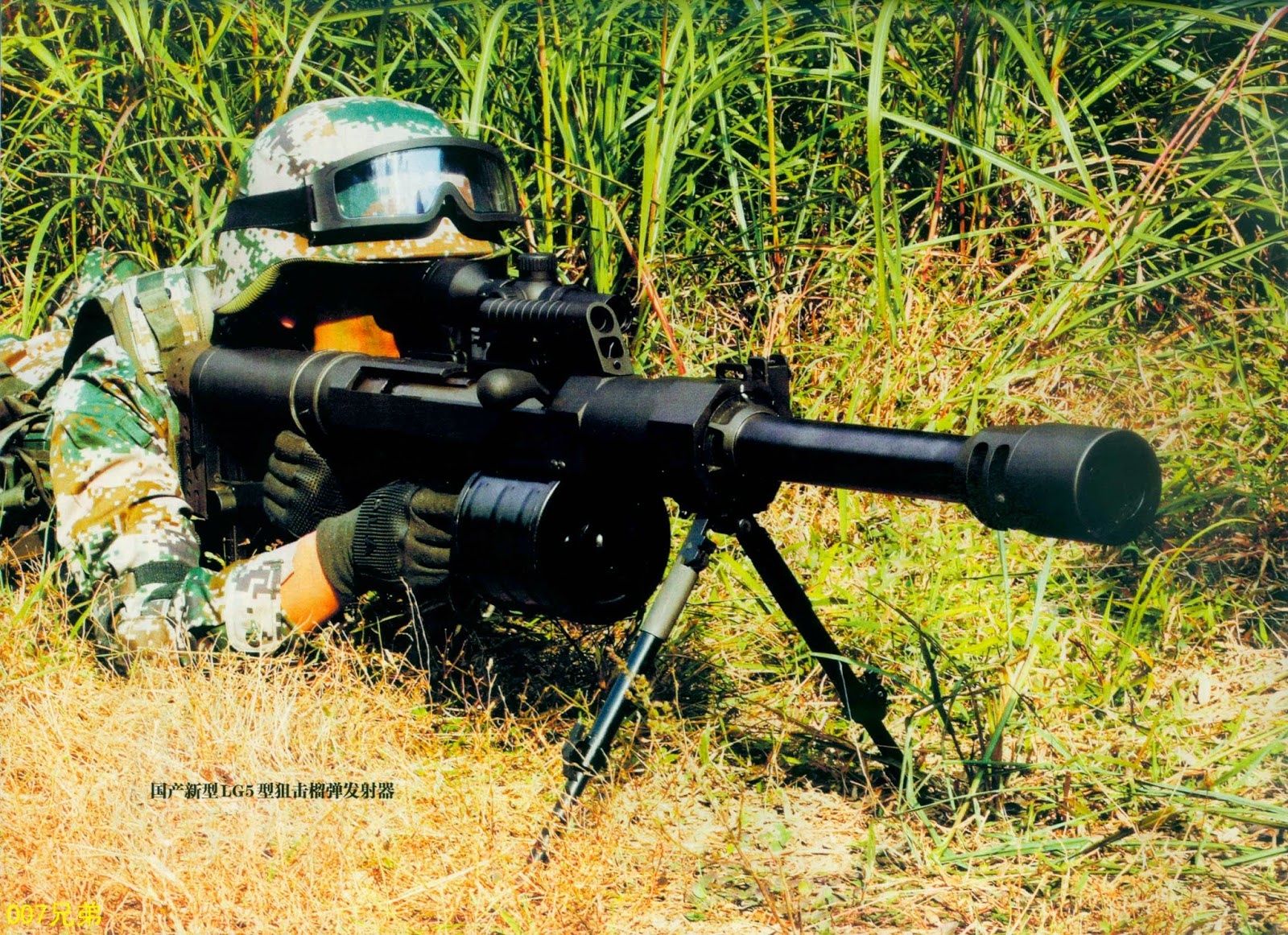

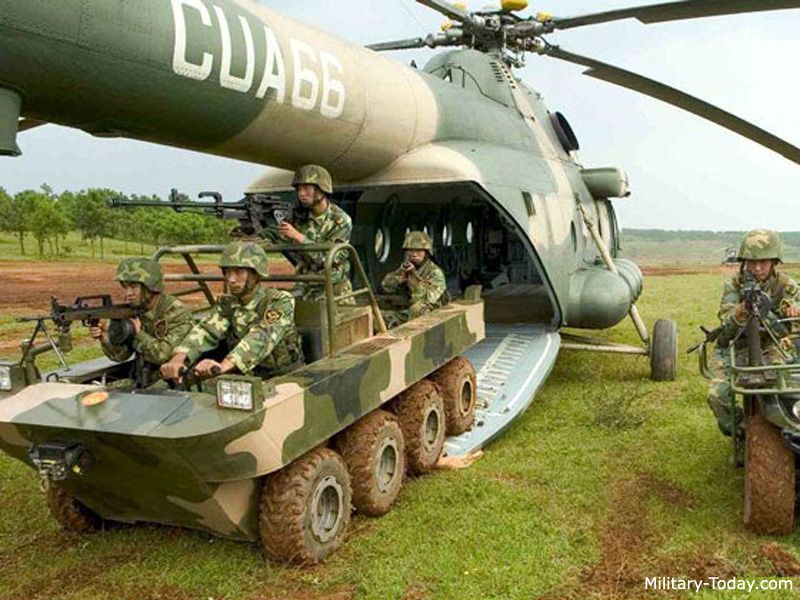


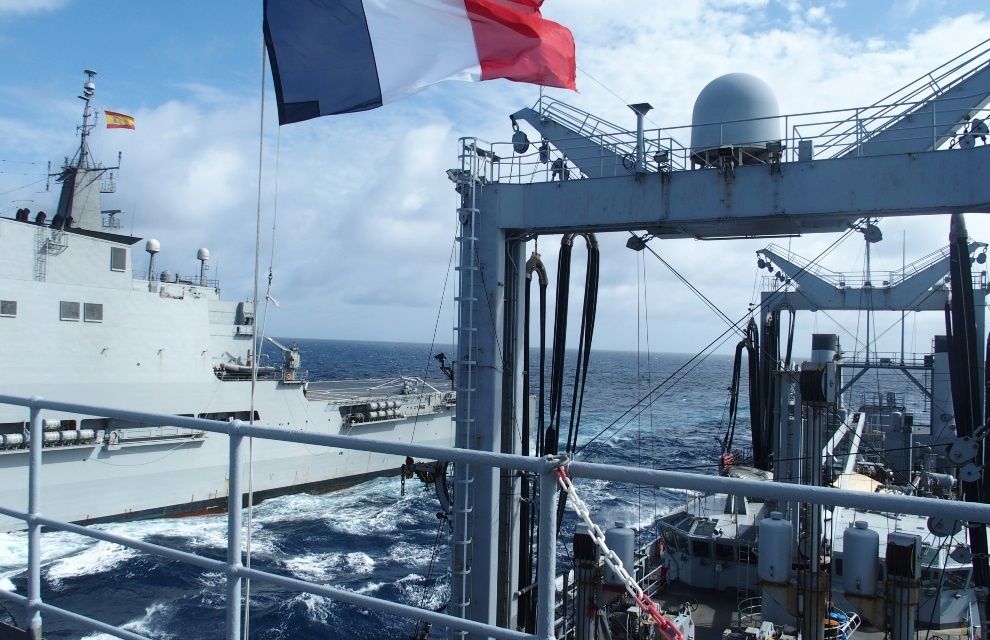
/image%2F0547456%2F20150603%2Fob_4ea9e5_20150527-ctf150-ras-tf465-8.jpg)
/image%2F0547456%2F20150603%2Fob_f01d0e_20150527-ctf150-ras-tf465-9.jpg)
/image%2F0547456%2F20150603%2Fob_b50f6b_20150527-ctf150-ras-tf465-11.jpg)


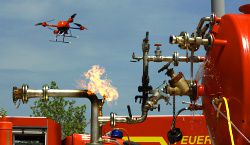

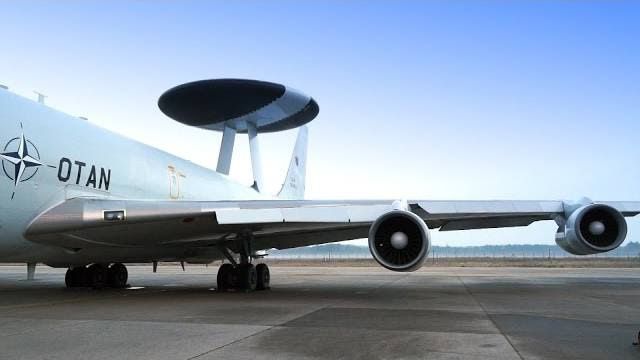



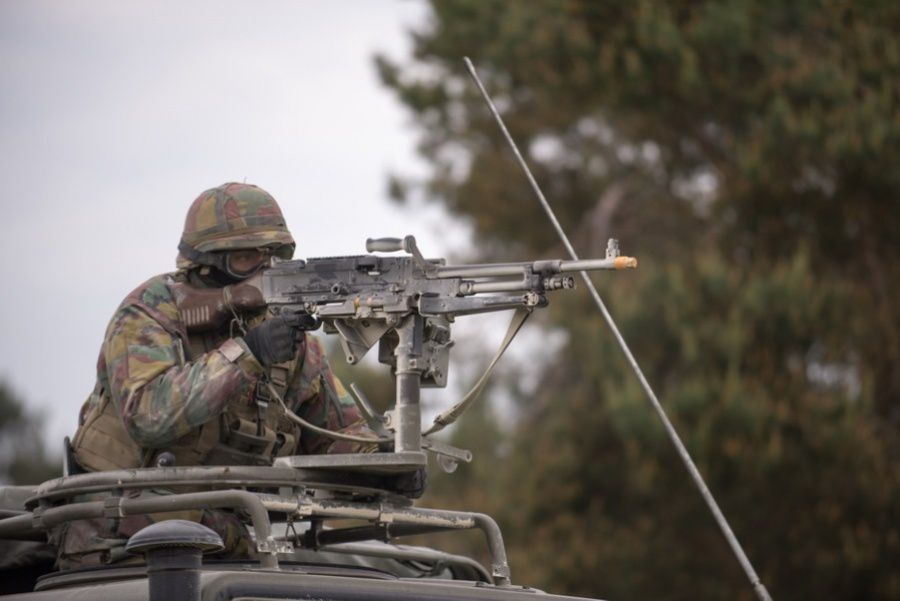
/image%2F0547456%2F20150603%2Fob_58ae52_feu-et-mouvement-a-grafenwoehr-photo.jpg)
/image%2F0547456%2F20150603%2Fob_9728d2_feu-et-mouvement-a-grafenwoehr-photo.jpg)
/image%2F0547456%2F20150603%2Fob_f0147c_feu-et-mouvement-a-grafenwoehr-photo.jpg)
/image%2F0547456%2F20150603%2Fob_5a8a74_feu-et-mouvement-a-grafenwoehr-photo.jpg)
/image%2F0547456%2F20150603%2Fob_e92bb0_feu-et-mouvement-a-grafenwoehr-photo.jpg)
/image%2F0547456%2F20150603%2Fob_ed58f3_feu-et-mouvement-a-grafenwoehr-photo.jpg)

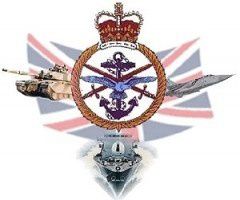


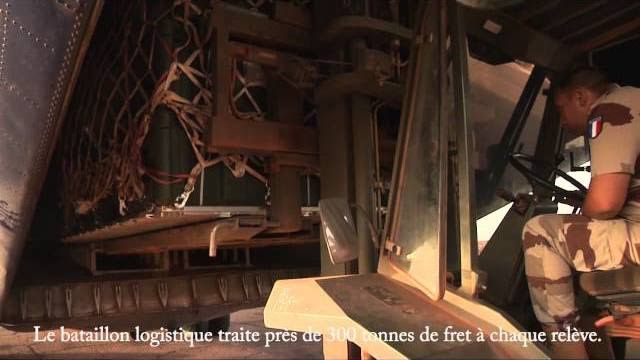

![[JDef, part 2] Afghanistan: 13 years of French operations](http://img.over-blog-kiwi.com/0/54/74/56/20150603/ob_35ed89_jdef-part-2-afghanistan-13-years-of.jpg)

